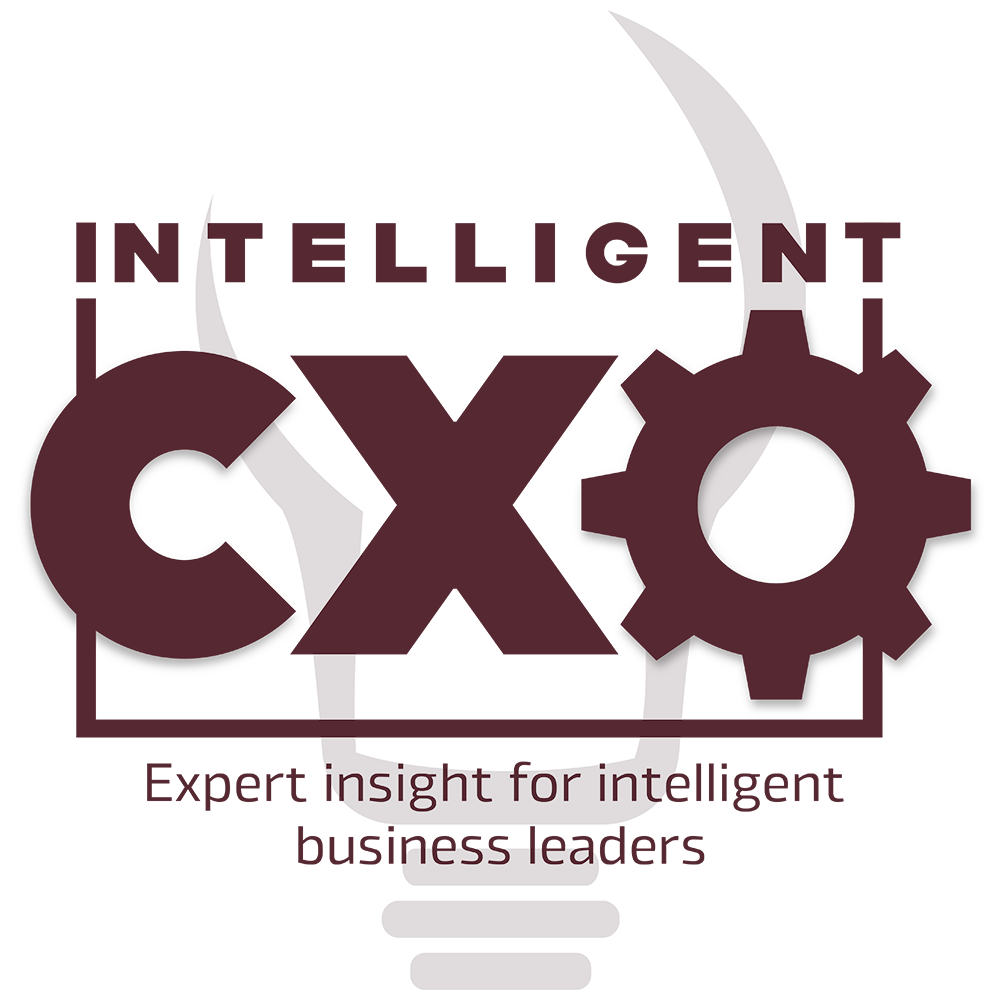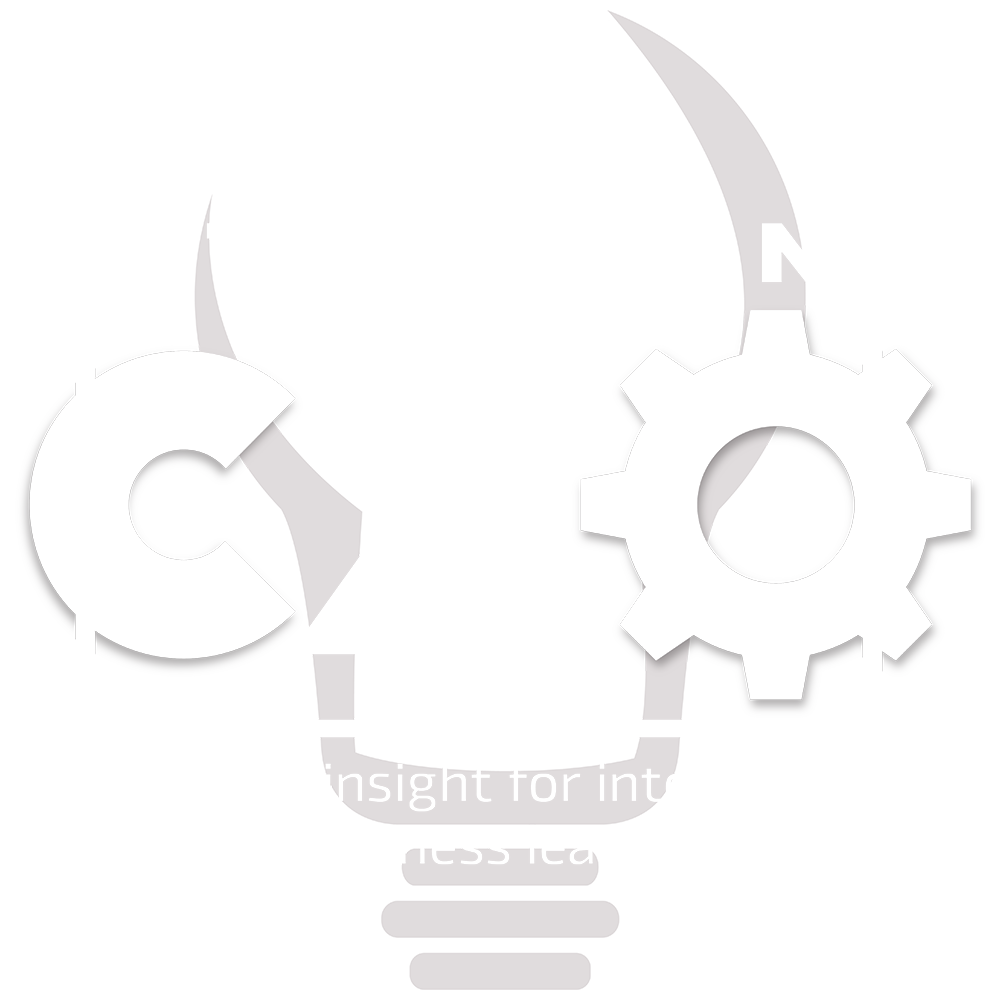The founders of Hyperoptic could see the huge market opportunity for superior, faster and consistent connectivity, and every day makes sure British residents get access to dependable, consistent fibre speeds and performance. The broadband company is data-driven and acts on facts, rather than assumptions. Pascal Koster, Chief Technology and Innovation Officer at Hyperoptic, explains how the company has grown and its vision and goals.
Tell us a bit more about Hyperoptic
Hyperoptic was founded in 2011 by Dana Tobak and her business partner, Boris Ivanovic. Previous to Hyperoptic, they started and managed Be Broadband in 2005/6, prior to its acquisition by O2. Be was the first to launch ADSL 2+ in the UK and offer Annex M for an increased upload speed. But they knew then that copper-based technologies would never truly deliver the speeds that people would need in future.
They could see the huge market opportunity for superior, faster and consistent connectivity and always had a full fibre company in mind for their next venture. So, they founded Hyperoptic to take the UK’s broadband infrastructure to the next level via creating a new full fibre infrastructure, offering 1Gb services and raising the level of expectations on the role of connectivity in British households.
Hyperoptic’s services are delivered via its own dedicated fibre network, which means that customers can always connect to the Internet at the speeds advertised – HD movies can be downloaded in less than one minute and 4K content can be downloaded in minutes.
How has the business grown since it first started?
Hyperoptic’s initial business model focused on obtaining wayleaves from private and public landlords and installing a new infrastructure to those residents and businesses in the accessible buildings. It has now signed wayleaves and agreed partnerships with 250+ new build developers and freeholders, including large asset management companies, local authorities, housing associations, registered providers, RTMs and independent freeholders.
During its growth, Hyperoptic kept its proposition really simple. It offers its installation services to these stakeholders free of charge, and residents sign up and pay for services as with any other ISP, with extremely competitive prices and flexible packages. Hyperoptic services both high end flats and social housing, democratising access to the golden standard of connectivity. In every case, residents get access to dependable, consistent fibre speeds and performance.
Hyperoptic initially focused on connecting large apartment blocks, but now include smaller buildings and individual houses – it has nationwide partnerships with the likes of Barratt, CALA Homes and Avant.
How did you ensure growth?
I joined Hyperoptic in 2018 as the company’s first Chief Technology and Innovation Officer. My responsibility was to capitalise on the existing work the company had achieved with its network expansion, creating a new network architecture for a highly scalable PON network allowing the existing to evolve, building a new next-generation core and transport network, while leveraging a state-of-the-art IT architecture. The company needed to ensure it had a future-proofed network and IT system landscape. We achieved this by embracing a cloud native hybrid architecture and implementing new things like software defined networks including network automation. The process spanned planning, process development, the implementation of the relevant IT system layers and network build. We achieved what we set out to accomplish – today we have one of the most advanced and scalable core networks and IT enablers in the industry.
What’s the business’ approach to management?
Hyperoptic is scaling quickly with over 1,300 staff. However, as we have grown, we have ensured that we have kept agility and entrepreneurism front of mind. It means we are flexible to adapt to what is happening internally and externally.
Another management principle is being data-driven. By acting on facts, rather than assumptions, we can make the best and most impactful decisions.
We also have a highly supporting shareholder structure who are fantastically supportive but also empowers us to make our own key decisions and follow our plans.
What is your company’s vision and goal?
Our vision is to become the network provider of choice – with the best network and best service. We are ultimately an infrastructure company which is building the telecoms network of tomorrow, today. Our goal is to build it out quickly and successfully, so that we can get customers on board asap to the best service possible. The customers are at the heart of what we do – we need to ensure that what we build enables a fantastic experience, and that our overlaying maintenance and customer service functions operate at the same level of excellence.
What has your career looked like so far?
I have spent my career building and rebuilding networks across Europe. I have 20+ years of international experience in management and development of high technology and service domains in advanced digital communications companies. I have worked for Europe’s largest telco networks including BSS and OSS. I have also had a leading role in multiple convergent mobile and broadband operators, developed IOT platforms and business models and worked in business management, sales, marketing, operations and strategic planning, with hands-on P&L management experience.
The philosophy that I have developed throughout my career is that you need to keep moving forward; I call it ‘Discuss, decide, do.’ The worst decision is no decision. Measured and managed risk is part of success; the key is to keep learning and progressing.
Tell us about your market.
The UK currently has one of the lowest full fibre deployment’s in the Organisation for Economic Co-operation and Development, with around 18% coverage. The Government has pledged that it wants 85% of the UK to have access to a gigabit-capable connection by 2025. Full fibre infrastructure is a fundamental foundation to build a modern economy based around the Internet. It’s also essential to enable people to connect the next generation of Internet services that depend on high-speed Internet (like e-health applications, home enterprise, driverless cars, virtual reality etc.). Hyperoptic is pioneering the shift to Gigabit Britain, shaking up the broadband sector by setting an industry benchmark in how broadband should be delivered to the home.
The market incumbents are now both following our lead – both Virgin Media and BT have pledged to invest and roll out full fibre programmes. However, whereas they are just getting started, our services are already available across 43 cities and towns across the UK – and this is growing all the time.
How do you equip your staff with skills and knowledge?
As an industry, the biggest issue we face is the shift from an infrastructure that used to be powered by big classical switches, to software defined networking. This has meant that the roles and skillsets of the people that work within the industry has fundamentally changed; today you need a progressive skillset that is aligned across IT and telecoms. New principles are being created and changed at a fast rate, and we all need to keep pace – whether you are working for an operator or a vendor.
For my division, I passionately believe in the learn-by-doing approach. Obviously, you need people with domain experience and certain skills, but in order for them to grow and develop they need to be able to do it on the job by testing cutting edge technologies and collaborating with our network partners.
How do you work with other executives within the C-suite to make sure your voice is heard?
All the C-suite have been in situ for a couple of years, so we know each other really well and have developed a very positive working relationship. We all know each other’s strengths and value a transparent and collaborative style of communication.
How do you ensure different teams in your organisation work together?
We want technology to make things more easy or efficient for the people that have to work with it. That’s why we always take care to manage projects in a transparent and measurable way. The fact is that we live in a world where things are becoming more complex – IT has hugely evolved over 20 years. So, the onus is on us to keep things simple when working with company divisions and key stakeholders, so we can give them the right support at the right time.
Click below to share this article

